39 how to measure liquid
Fluids are measured much more easily and accurately in taller measuring cups that typically hold 2‒4 cups and have a fill line below the top of the measurer. They are marked at 1/4 cup, 1/3 cup, 1/2 cup, usually 2/3 cup or 3/4 cup, or both, and 1 cup, 2 cups, 3 cups and 4 cups. Locate the closest whole measurement below the surface of the liquid. Count the number of segments up to the line nearest the meniscus, or the curve in the upper surface of a liquid (for most liquids, this will be the bottom-most point in the curve). Calculate the volume of the liquid by adding the whole measurement to the sum of the segments.
Milligrams (mg) measure weight, and Millilitres (ml) measure volume of liquid. The part of the word 'Milli' comes from the latin mille, which means one thousand. There are 1,000 milligrams in a gram, and 1,000 millilitres in a litre of liquid.

How to measure liquid
To measure small amounts of liquid, use standard measuring spoons. Hold the spoon level in the air straight across from your eyes. Carefully trickle the liquid into the measuring spoon until it reaches the rim. 4 Stop when the meniscus is at the bottom of the line. When measuring the volume of a liquid, sometimes referred to as capacity, the units liters (L) and milliliters (mL) are used. Devices used for this measurement include graduated cylinders, beakers, and Erlenmeyer flasks. Depending on the amount you are dealing with, different containers will be used. Graduated cylinders are more precise and ... How can I measure 1 ml at home? This measurement converter chart will help you figure out the liquid measurements called for. 0.5 ml = ⅛ teaspoon. 1 ml = ¼ teaspoon. 2 ml = ½ teaspoon. 5 ml = 1 teaspoon. 15 ml = 1 tablespoon. 25 ml = 2 tablespoons. 50 ml = 2 fluid ounces = ¼ cup. 75 ml = 3 fluid ounces = ⅓ cup. How much is a ml of liquid?
How to measure liquid. To measure liquids, you should always use liquid measuring cups and spoons. Liquid measuring cups are usually glass or plastic, and most have a spout for pouring. Avoid dry measuring cups when measuring liquids because they will not be as accurate and could make a difference in the outcome of a recipe, which is especially important for baked goods. Measuring the Dose of Liquid Medicines. Approximately 7 in 10 people fail to measure a dose of liquid medicine correctly, particularly common when using a dosing cup or dosing spoon rather than an oral syringe or dropper. Mix-ups are frequent between milligrams (mg)—the dose of the medicine—and milliliters (mL)—the volume of medicine to ... Watch the video to see why measuring dry ingredients by weight is the best method by far, and why the "spoon and sweep" method gives you a more accurate measurement than the "scoop and sweep" method. Or even, heaven forbid, trying to measure dry ingredients in a liquid measuring cup. Liquid measuring cups are the most accurate way to measure thin liquids, like water, milk, juice, and oils. They are made of transparent glass or plastic, and have markings on the sides to indicate volume in both metric and English units.
Liquid Measurement The liquid measurement is the amount of liquid a vessel contains and its measurement in standard units. We also refer to it as the “capacity” or the “volume” of the vessel. Infant milk bottle with measurement markings in milliliter and juice bottle with 1 liter contents. The different tools used for liquid measurement are: 1. Measuring Cup & Pitcher: We commonly use the measuring cup and pitcher with markings in the kitchen for adding liquid ingredients in a measured quantity. Measuring pitcher, cups and spoons with measurement markings in metric and US customary units on the surface. 1. Laboratory essentials: The liquid measurement equipment such as beakers, graduated cylinder, test tube, conical flasks are used in laboratories for clinical and scientific purposes. With permanent markings in metric and customary, these types of equipment are useful in measuring liquids with precision for carrying out tests with chemicals and other liquid compounds. Conical flat-b... measure liquid volumeFAQwhat tool used measure liquid volumeadminSend emailDecember 21, 2021 minutes read You are watching what tool used measure liquid volume Lisbdnet.comContents1 What Tool Used Measure Liquid... Use a kitchen scale to measure the correct amount of liquid. In general, it is fine to weigh your liquid using an ordinary kitchen scale, using water as the assumed density. Most liquids, such as milk and orange juice, will have a similar density to water. Measuring liquids with graduated cylinders, beakers, burets and pipettes with precision.
To measure liquids, you'll need a set of liquid measuring cups, like KitchenAid's 3-piece Measuring Cup Set ($24.99, Wayfair), and a set of measuring spoons, like this stainless steel set ($12.95, Crate & Barrel).Measuring cups are made of clear glass or plastic and hold 1, 2, 4, or 8 cups of liquid. They have incremental markings on the outside with a handle and spout for easy pouring. If volume is the amount of 3-D space contained by a closed surface (e.g. the amount of space within a given cube, or cylinder, or any other 3-D shape), liquid volume is a way to measure an amount of liquid by describing it how much 3-D space it occupies. Liquid volume is often discussed in the context of a related idea: capacity. When measuring the liquid medicine, always be sure to look at it at eye level. With dosing cups, measure on a flat surface and not while holding in one hand. Never measure liquid medicine in a dim room or when you are distracted. After measuring liquid medicine, immediately replace the cap. If the cylinder is big, and can hold 500 mL of liquid, then the markings on the graduated scale would be divided into 5 mL increments. Five mL is about a teaspoon of liquid. If the cylinder is...
Push the tip of the syringe into the hole in the middle of the rubber bung. Turn the whole bottle with the syringe upside down. Slowly push the plunger into the syringe. Full answer is here. Moreover, how do you measure liquid medication? When measuring the liquid medicine, always be sure to look at it at eye level.
This measurement converter chart will help you figure out the liquid measurements called for. 0.5 ml = ⅛ teaspoon. 1 ml = ¼ teaspoon. 2 ml = ½ teaspoon. 5 ml = 1 teaspoon. 15 ml = 1 tablespoon. 25 ml = 2 tablespoons. 50 ml = 2 fluid ounces = ¼ cup. 75 ml = 3 fluid ounces = ⅓ cup.
It's usually fairly easy to calculate the volume of a liquid in a container with a regular shape, such as a cylinder or cube. All you have to do is use the appropriate mathematical equation to calculate the capacity of the container, then measure the level of the liquid and make the necessary adjustment.
When you measure any type of liquid ingredient, use a liquid measuring cup. If you're using a standard liquid measuring cup, pour the liquid into the cup to the desired amount. Then lean down so you're at eye level with the measuring cup. The liquid should be right at the mark, not above or below. Or, you can use an angled liquid measuring cup.
Dry measuring cups are designed to measure dry ingredients like flour, nuts, and berries, while liquid measuring cups are designed to measure liquids like water, cooking oil, and yogurt. … They allow you to pour a liquid into the cup and bring it even with a measurement line without spilling.
Step 1: Get the Right Tools. First, you need the right tools: liquid measuring cups. Measuring spoons work with both wet and dry ingredients. Step 2: How to Measure. Pour the liquids into the ...
How to measure liquid medications. Quick tips from a pharmacist for measuring the right dose every time. Whether it's a prescription medication or an over-the-counter one, you've probably had to measure a liquid medication at one time or another. Maybe for yourself or maybe as a parent or caregiver.
To measure ounces, select either a liquid or dry measuring cup. If you're measuring a liquid, place the measuring cup on a flat surface and pour the liquid into the cup. Be sure to bend down to view the measurements on the side of the cup. Make sure the liquid reaches the right measurement. 5.5K views View upvotes Answer requested by
How Do You Measure 2 ml of liquid? This measurement converter chart will help you figure out the liquid measurements called for. 0.5 ml = ⅛ teaspoon. 1 ml = ¼ teaspoon. 2 ml = ½ teaspoon. 5 ml = 1 teaspoon. 15 ml = 1 tablespoon. 25 ml = 2 tablespoons. 50 ml = 2 fluid ounces = ¼ cup. 75 ml = 3 fluid ounces = ⅓ cup.
Find Recipes and More at Liquid IngredientsWhen you measure any type of liquid ingredient, use a liquid measuring cup. If y...
How can I measure 1 ml at home? This measurement converter chart will help you figure out the liquid measurements called for. 0.5 ml = ⅛ teaspoon. 1 ml = ¼ teaspoon. 2 ml = ½ teaspoon. 5 ml = 1 teaspoon. 15 ml = 1 tablespoon. 25 ml = 2 tablespoons. 50 ml = 2 fluid ounces = ¼ cup. 75 ml = 3 fluid ounces = ⅓ cup. How much is a ml of liquid?
When measuring the volume of a liquid, sometimes referred to as capacity, the units liters (L) and milliliters (mL) are used. Devices used for this measurement include graduated cylinders, beakers, and Erlenmeyer flasks. Depending on the amount you are dealing with, different containers will be used. Graduated cylinders are more precise and ...
To measure small amounts of liquid, use standard measuring spoons. Hold the spoon level in the air straight across from your eyes. Carefully trickle the liquid into the measuring spoon until it reaches the rim. 4 Stop when the meniscus is at the bottom of the line.

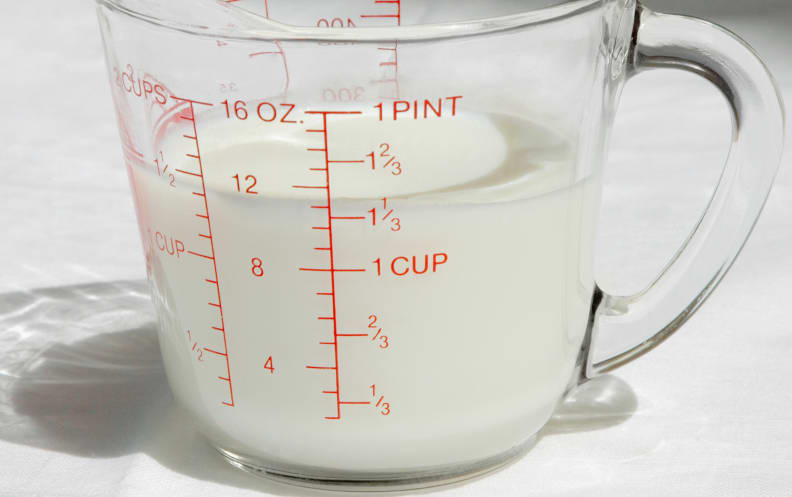
/__opt__aboutcom__coeus__resources__content_migration__serious_eats__seriouseats.com__images__2017__10__20171019_Measuring-Cups-Anchor-EmilyDryden_3-ae27c4cc720147a7953ac651d4f54821.jpg)
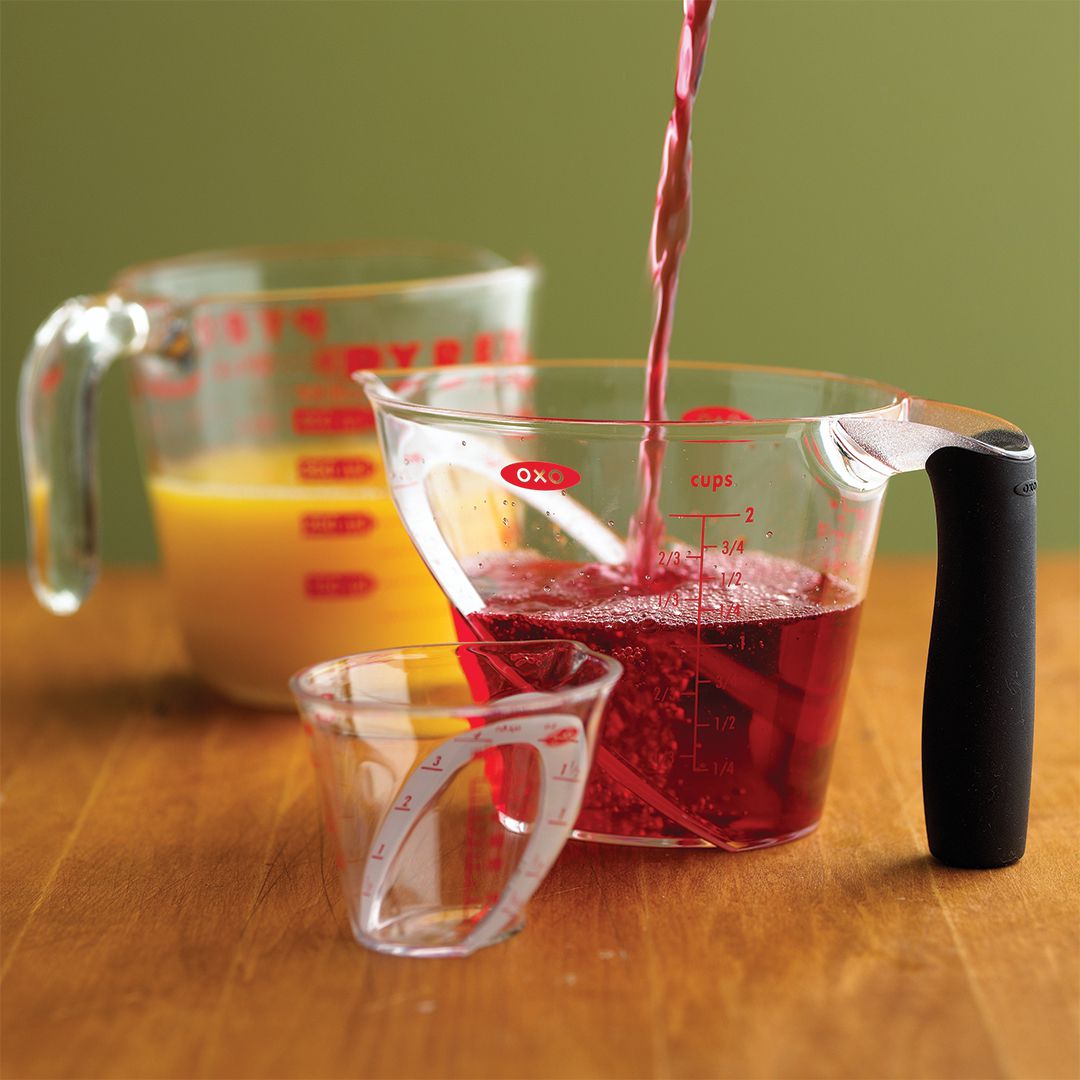
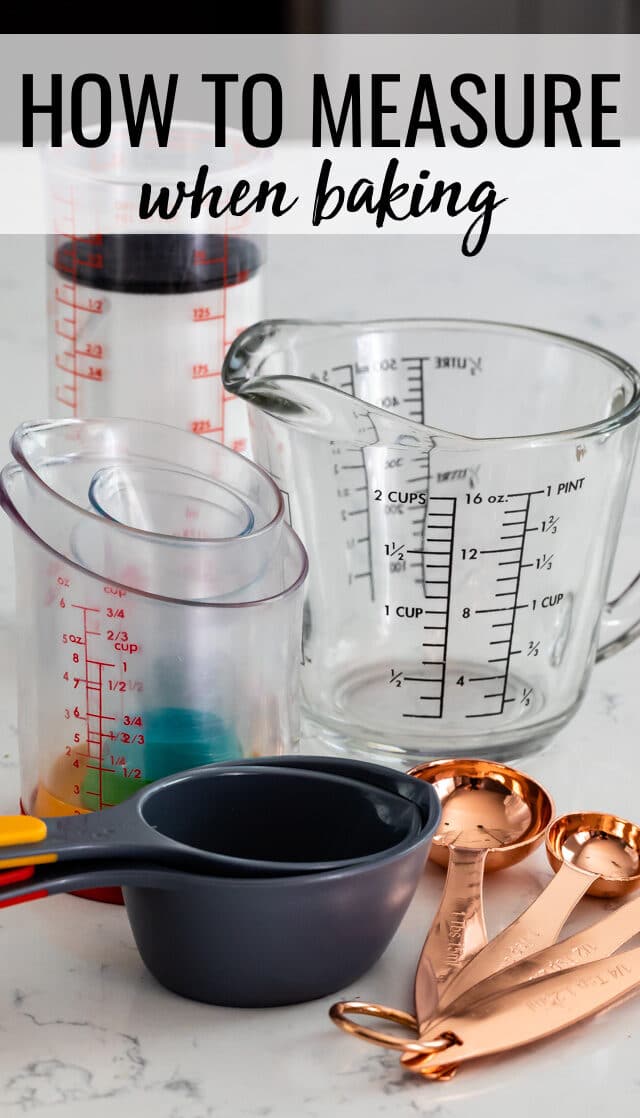







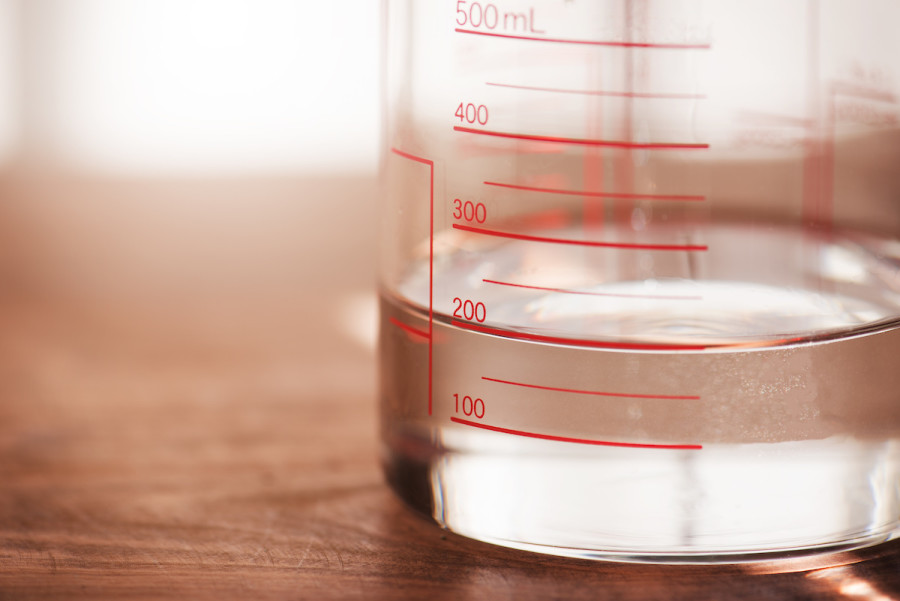

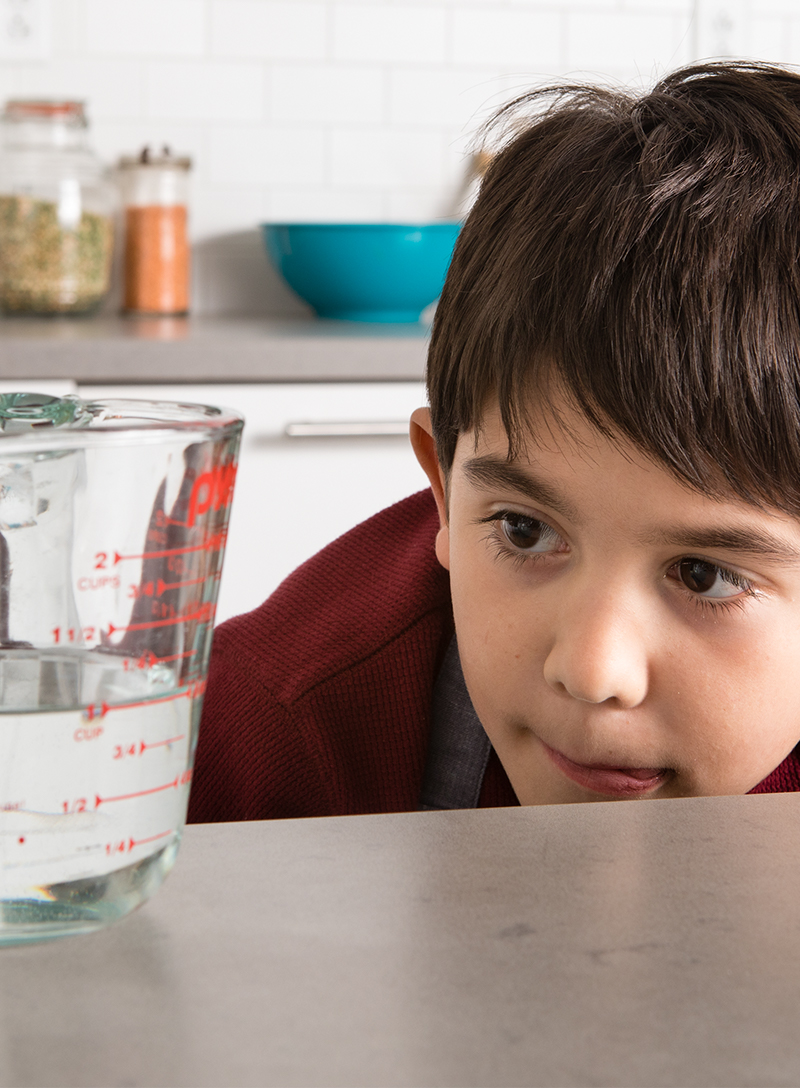


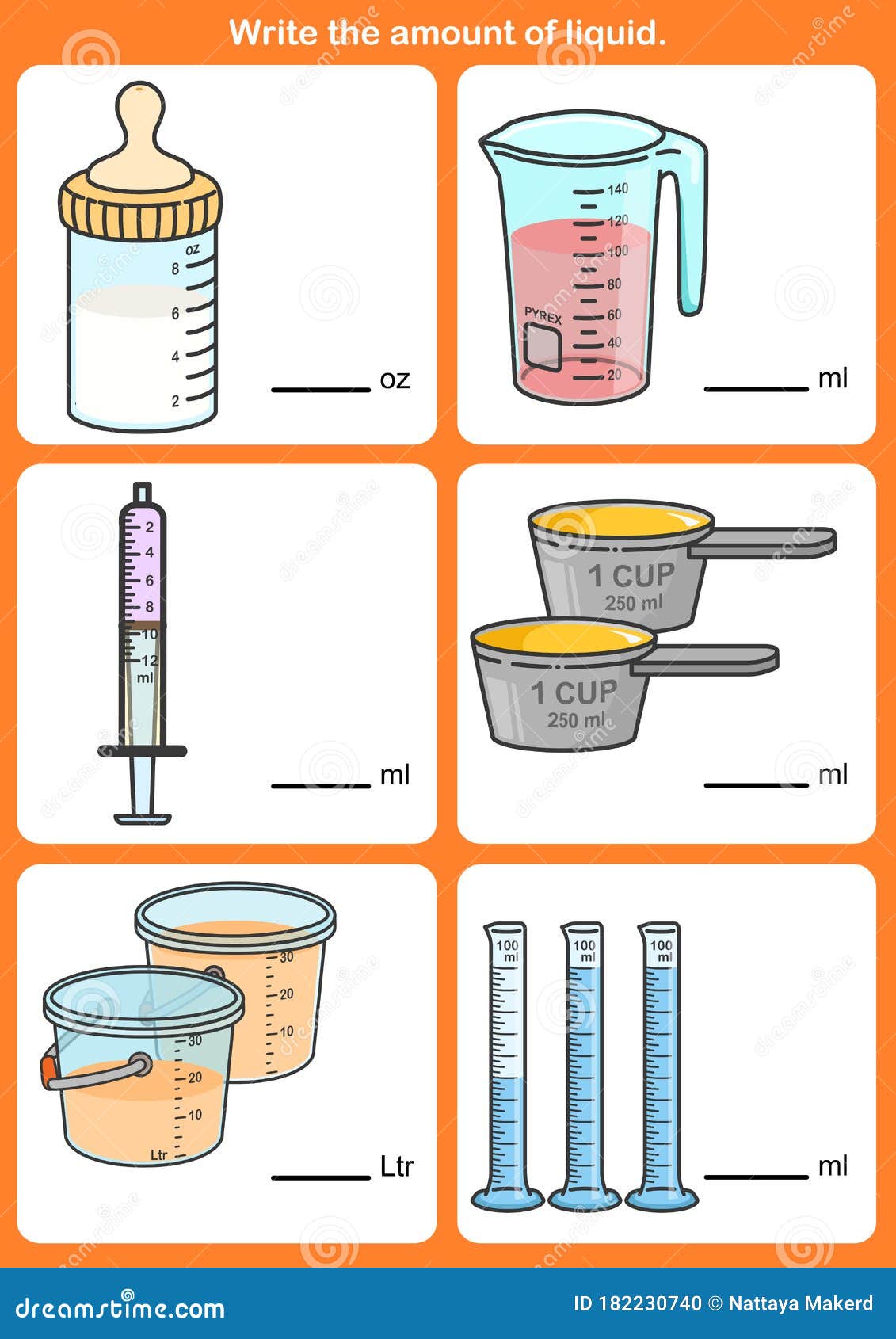


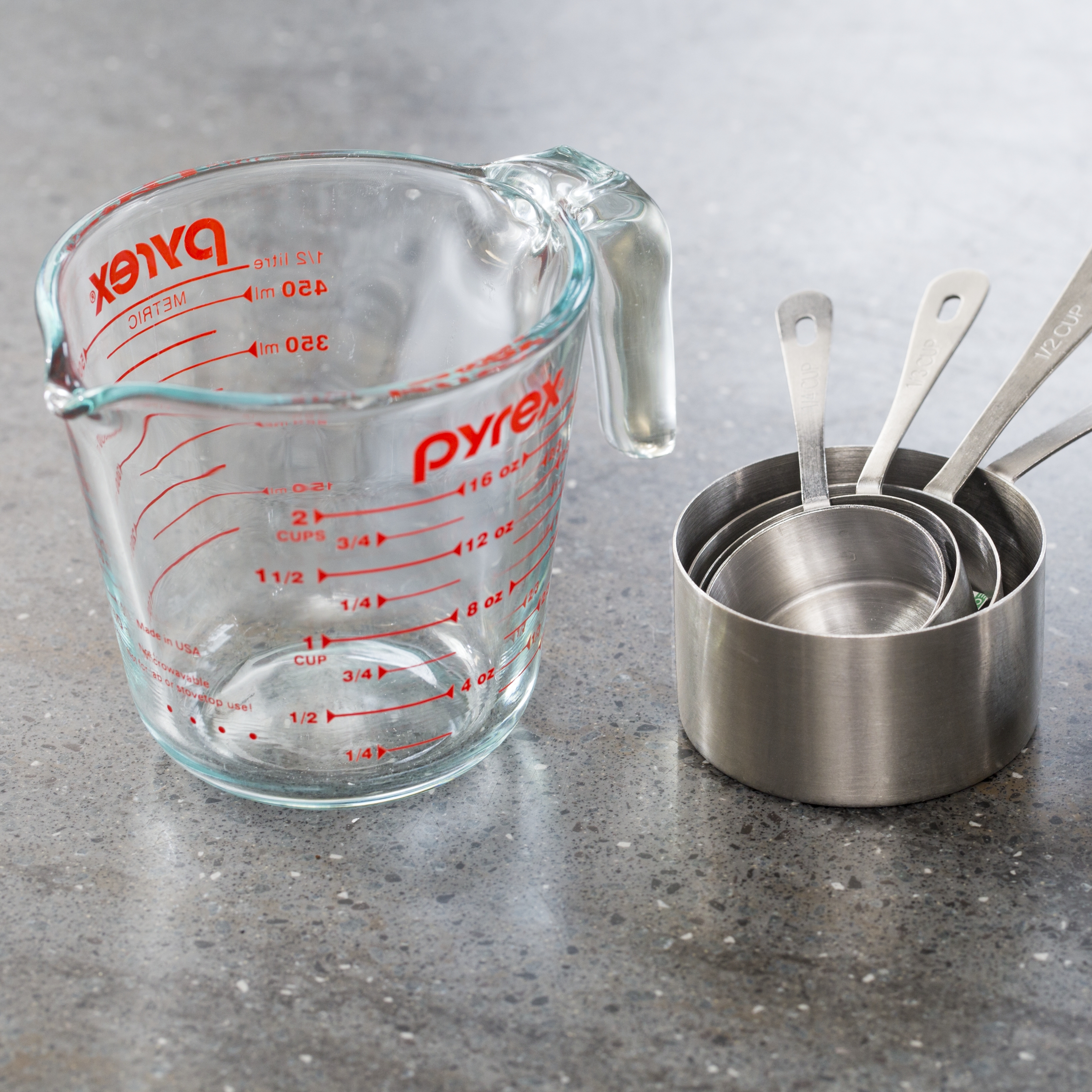





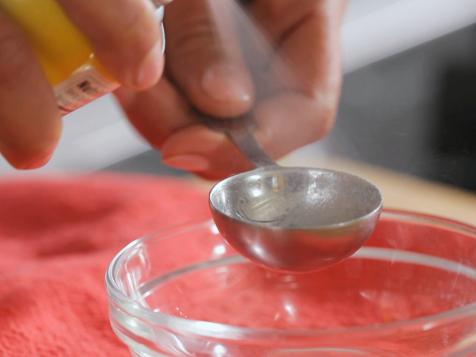
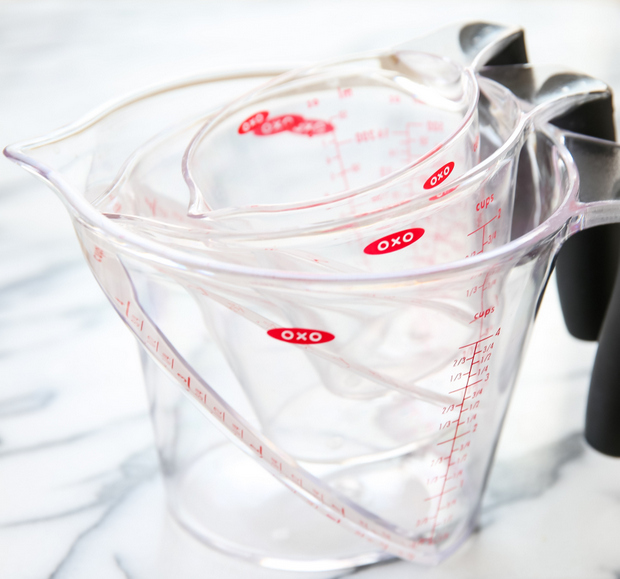

:max_bytes(150000):strip_icc()/Simply-Recipes-HT-Measure-Wet-Dry-LEAD-07-5f4c772c39594f26b56a2758a6c5229d.jpg)


0 Response to "39 how to measure liquid"
Post a Comment